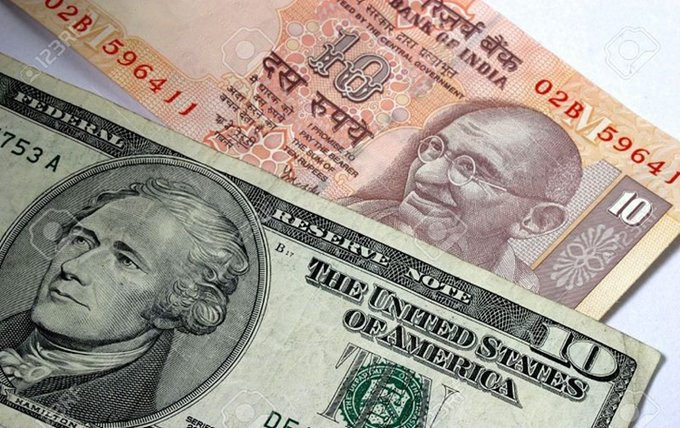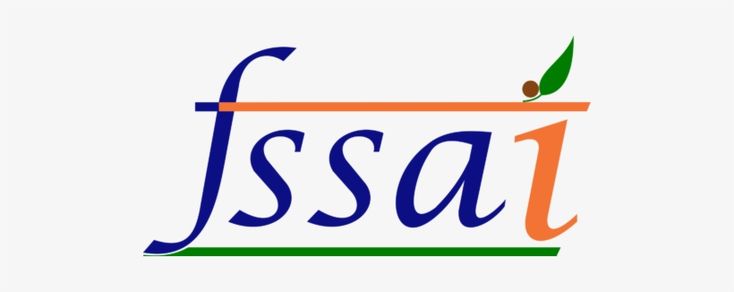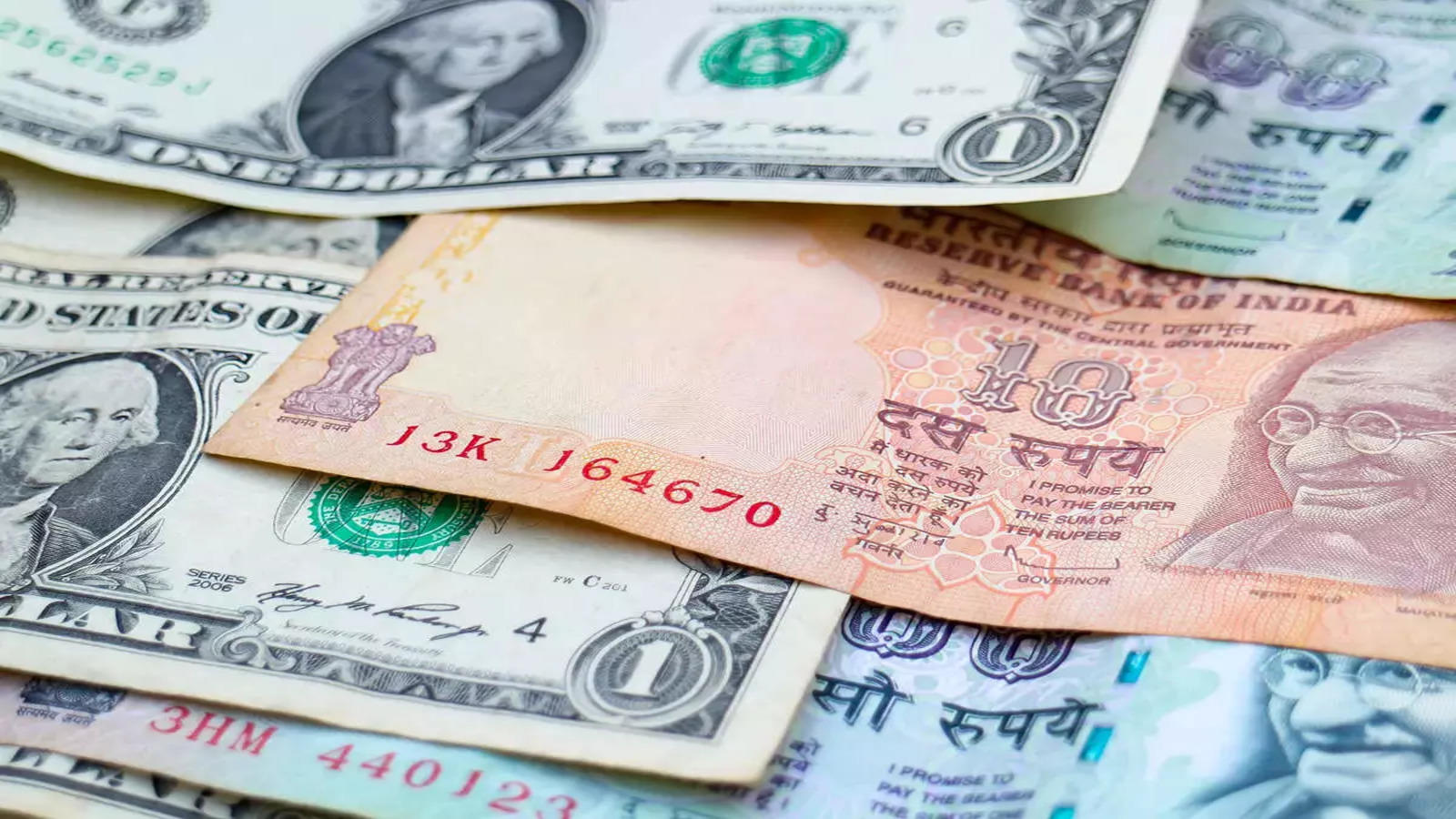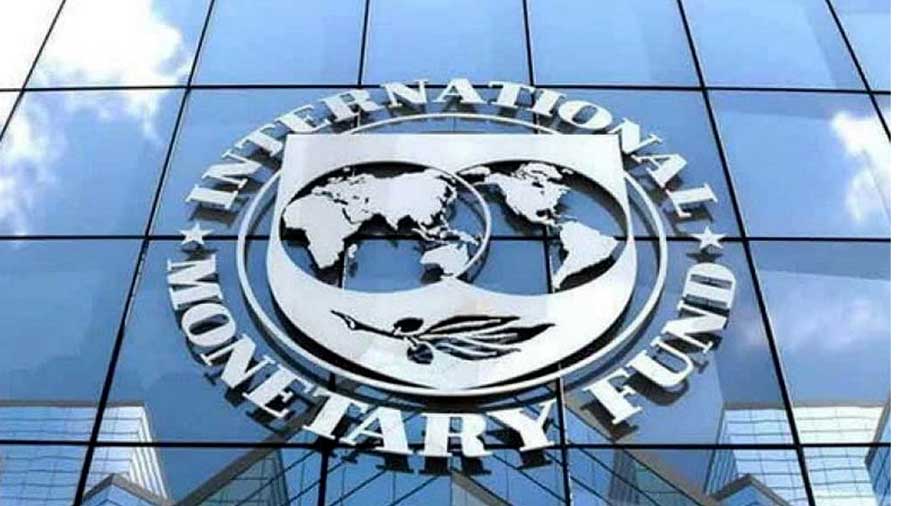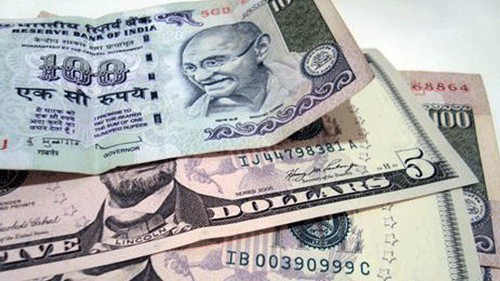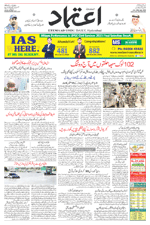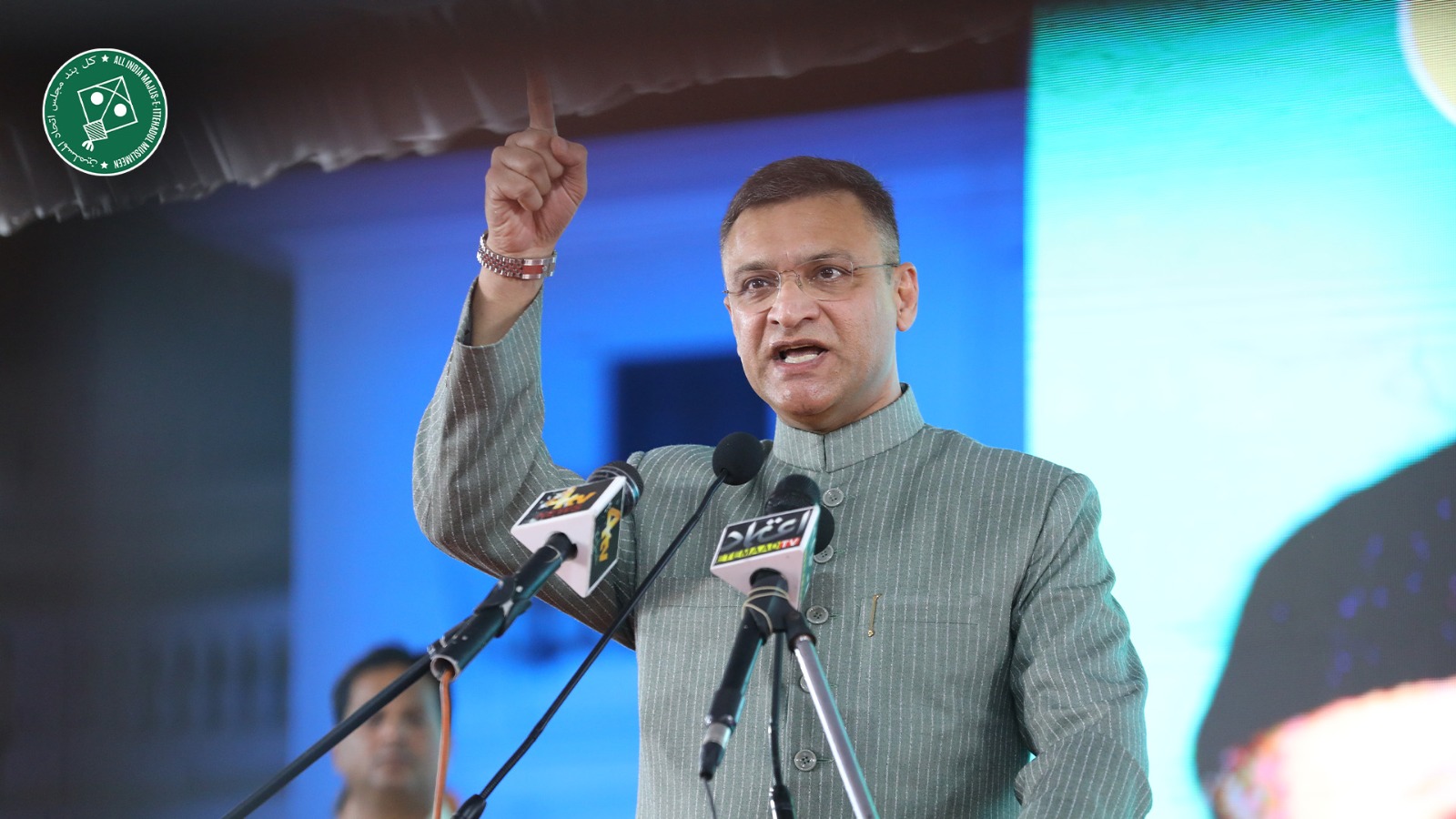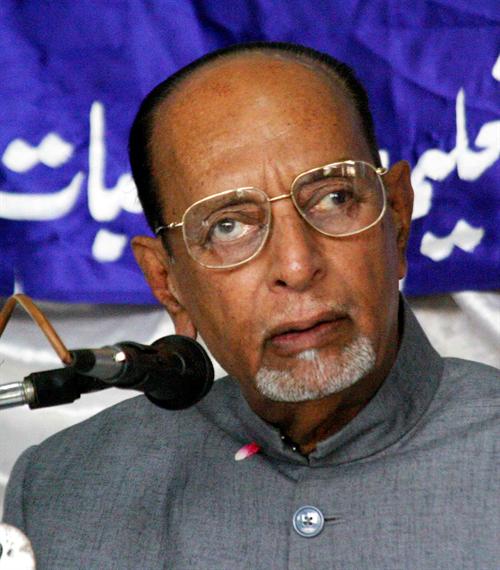RBI retains key rate at 6.25%
Fri 07 Apr 2017, 12:18:29
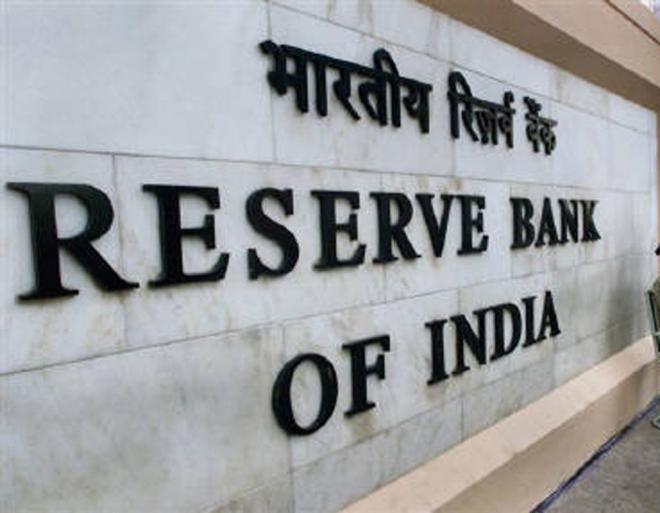
The Reserve Bank on Thursday kept benchmark lending rate unchanged for the third consecutive policy review but raised the reverse repo rate as it stepped up efforts to check any spike in inflation if monsoon is below normal this year.
The six-member Monetary Policy Committee, headed by RBI Governor Urjit Patel, kept the repurchase or repo rate — at which it lends to banks — unchanged at 6.25 per cent but increased reverse repo rate to 6 per cent from 5.75 per cent.
The Marginal Standing Facility, on the other hand, has been revised downwards by 0.25 per cent to 6.5 per cent. MSF is RBI’s overnight lending rate for banks against government securities.
It expressed concerns on three fronts about inflation and the economy. The first stems from a possible El Nino impact on the monsoon. The second worry arises from the GST implementation and the third upside risks to inflation comes from the seventh pay commission award.
RBI projected inflation to average 4.5 per cent in first half of current fiscal and 5 per cent in the October-March period, above the 4 per cent midpoint of target range.Gross value added — a key input of GDP — was forecast to rise to 7.4 per cent in the current fiscal from 6.7 per cent the previous year.
“The MPC remains committed to bringing headline inflation closer to 4.0 per cent on a durable basis and in a calibrated manner,” the RBI said in a statement highlighting the panel’s unanimous 6-0 decision, just like the previous meetings.
The narrowing of gap between the repo and the reverse repo stabilise money markets by reducing volatility in short- term money market rates and encourages banks to park their funds with RBI.“Underlying inflation pressures persist, especially in prices of services,” RBI said in the statement, reiterating its neutral stance. “The future course of monetary policy will largely depend on incoming data on how macroeconomic conditions are evolving.”
RBI said inflation developments have to be closely and continuously monitored, with food price pressures kept in check so that inflation expectations can be re-anchored.“The main one stems from the uncertainty surrounding the outcome of the south west monsoon in view of the rising probability of an El Niño event around July-August, and its implications for food inflation,” it said.
Banks, it said,
have scope to further lower borrowing costs as “a more complete transmission of policy impulses remains, including for small savings/administered rates”.
have scope to further lower borrowing costs as “a more complete transmission of policy impulses remains, including for small savings/administered rates”.
It is in this context that greater clarity about liquidity management is being provided, even as surplus liquidity is being steadily drained out.RBI wanted resolution of banks’ stressed assets on a firm footing.
“Along with rebalancing liquidity conditions, it will be the Reserve Bank’s endeavour to put the resolution of banks’ stressed assets on a firm footing and create congenial conditions for bank credit to revive and flow to productive sectors of the economy,” the statement said.
The central bank would undertake measures such as additional treasury bill sales, outright open market operations bond sales, or a special facility to soak up the liquidity without collateral.
With regard to transmission of monetary policy rate by banks, Patel said the MPC took note of the reduction in bank lending rates.There is further scope for a more transmission including for small savings and administered rates, he said.
“In its (MPC) opinion along with rebalancing liquidity conditions the reserve bank should endeavour to put the resolution of banks’ stressed assets on a firm footing and create congenial conditions for the bank credit to revive and flow to productive sectors of the economy,” he said.
RBI has cut repo by 1.75 per cent since January 2015.
Commenting on the monetary policy for 2017-18, SBI Chairperson Arundhati Bhattacharya said the RBI policy to keep the repo rate on hold was on expected lines, even though reverse repo rate was hiked to 6 per cent.
“Elsewhere, on the Developmental and Regulatory Policies front, RBI has announced a number of measures notably, substitution of collateral under LAF, allowing banks to invest in REITS and financial literacy; all these will go a long way in improving the financial system,” she said.
Welcoming the status quo policy India Inc said the RBI has rightly not really gone over-board and resorted to much feared measures like hike in Cash Reserve while leaving the policy interest rates unchanged is on the expected lines.
“Though the RBI wants banks to work on the stressed assets, finer points and clear cut glide path is required to resolve the NPAs in a time bound manner,” Assocham said in a statement.
No Comments For This Post, Be first to write a Comment.
Most viewed from Business
AIMIM News
Owaisi Begins Election Campaign in Hyderabad
Apr 13, 2024
Bring back Indian workers in Israel: Owaisi
Apr 13, 2024
Latest Urdu News
Most Viewed
May 26, 2020
Do you think Ruturaj Gaikwad would be a good captain for Chennai Super Kings?
Latest Videos View All
Like Us
Home
About Us
Advertise With Us
All Polls
Epaper Archives
Privacy Policy
Contact Us
Download Etemaad App
© 2024 Etemaad Daily News, All Rights Reserved.

